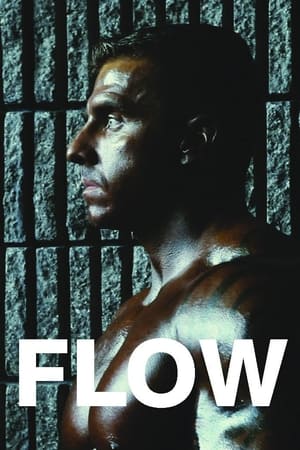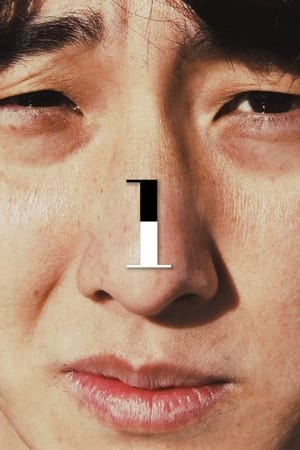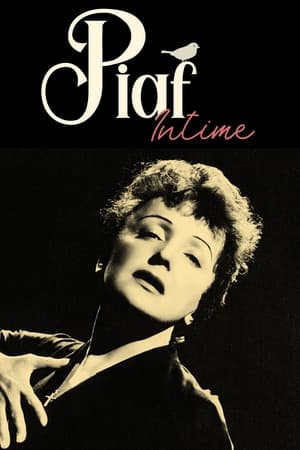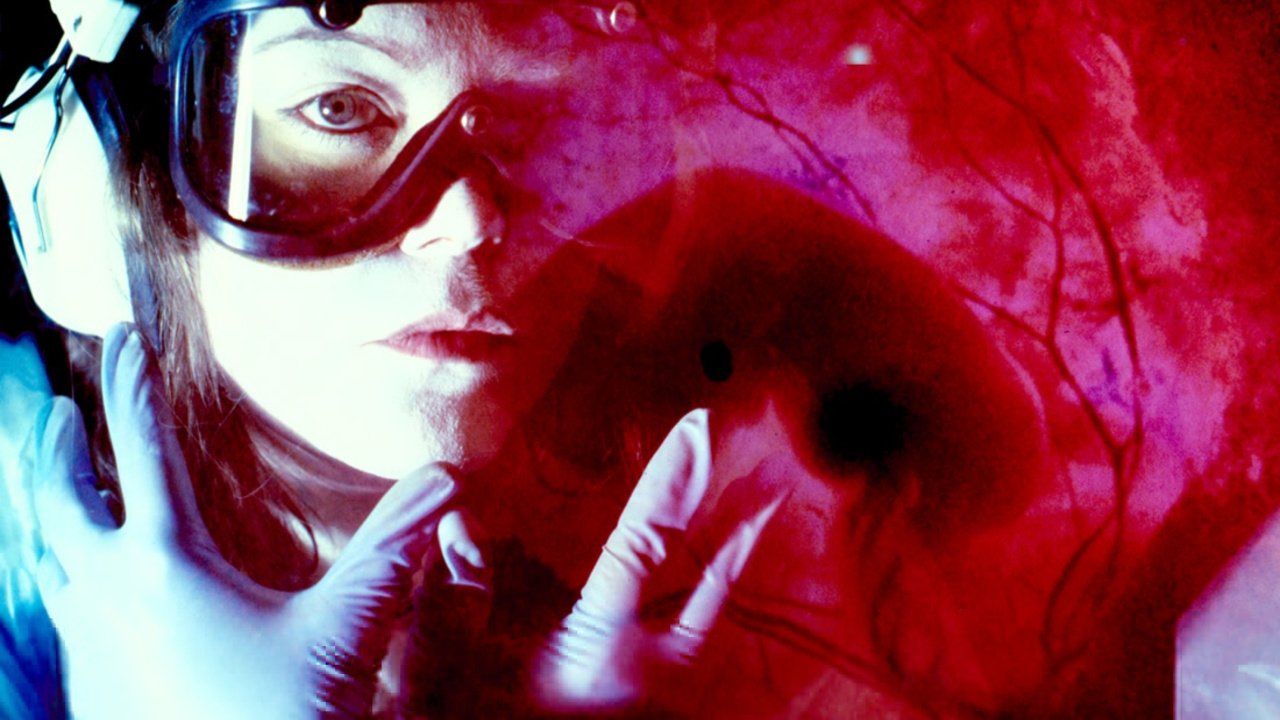
Selva. A Portrait of Parvaneh Navaï(1982)
Trance dances and out of body projection. In front of the camera, Parvaneh Navaï becomes a mediator who enters in contact with and immerses into the energies of Nature, while her own energy radiates and echos in the forest ("selva"). The camera amplifies and expands her presence, transforming the forest into an imaginary space. The camera becomes a painter's brush.
Movie: Selva. A Portrait of Parvaneh Navaï
Top 1 Billed Cast
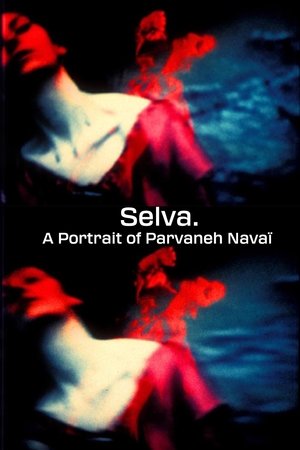
Selva. Un portrait de Parvaneh Navaï
HomePage
Overview
Trance dances and out of body projection. In front of the camera, Parvaneh Navaï becomes a mediator who enters in contact with and immerses into the energies of Nature, while her own energy radiates and echos in the forest ("selva"). The camera amplifies and expands her presence, transforming the forest into an imaginary space. The camera becomes a painter's brush.
Release Date
1982-01-21
Average
10
Rating:
5.0 startsTagline
Genres
Languages:
FrançaisKeywords
Recommendations Movies
 7.2
7.2Kingdom 2: Far and Away(ja)
It follows a young man who dreams of becoming a general and Ying Zheng, whose goal is unification.
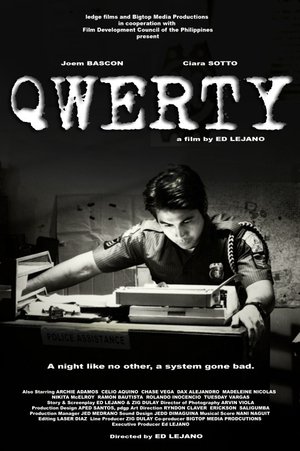 6.4
6.4Qwerty(en)
The movie is a fictionalized account of a disgruntled cop who has been wrongly implicated in a torture video that went viral. It begins on his last night of duty, as he is about to leave for abroad for better job prospects.
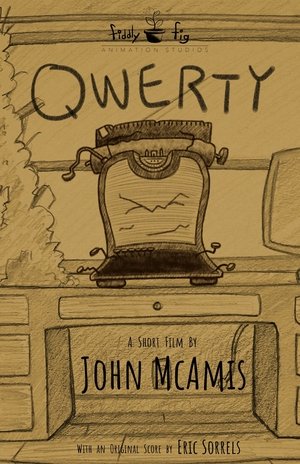 5.9
5.9Qwerty(en)
A grieving young inventor finds solace in repairing an antique typewriter.
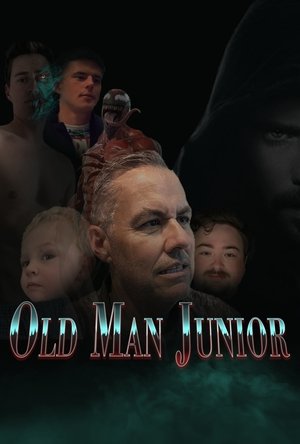 6.9
6.9Old Man Junior(en)
Morbius Jr, now an OId Man, is nearing the end of life, when he finds the last hope for all Morbkind. However, as he fights to protect the future of Morbheads, he finds himself facing off against an unlikely of enemy... HIMSELF.
 8.6
8.6I Take a Step(ru)
A dyslexic graduate of a pedagogical institute is forced to become a teacher of Russian language and literature in a secondary school. Despite the illness, he manages to establish contact with the students, who in the end will help him keep his job.
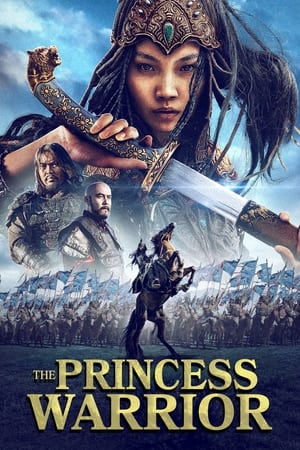 7.1
7.1The Warrior Princess(mn)
Princess Khotulun is the daughter of Haidu Khan of the Ugudei dynasty. The film tells the story of Princess Khotulun, the son of Kublai Khan, known in Western and Eastern history as a wrestling princess, and her struggle to reclaim her Golden Sutra.
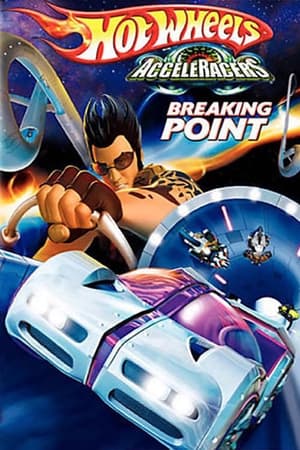 8.7
8.7Hot Wheels AcceleRacers: Breaking Point(en)
The two teams become even more strained when the Metal Maniacs get a new leader. Meanwhile, the Acceleracers and the Racing Drones face challenges while competing in the Racing Realms with a new, mysterious opponent.
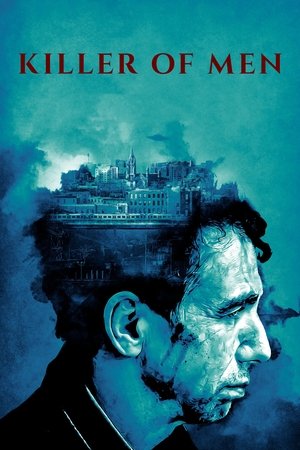 7.3
7.3Killer of Men(en)
A man lurks the night alleys, killing people at random, he feels nothing, no emotion, and no pain; when he meets a graceful widow he must confront what it means to be human.
 5.9
5.9A(ja)
Roughly chronological, from 3/96 to 11/96, with a coda in spring of 1997: inside compounds of Aum Shinrikyo, a Buddhist sect led by Shoko Asahara. (Members confessed to a murderous sarin attack in the Tokyo subway in 1995.) We see what they eat, where they sleep, and how they respond to media scrutiny, on-going trials, the shrinking of their fortunes, and the criticism of society. Central focus is placed on Hiroshi Araki, a young man who finds himself elevated to chief spokesman for Aum after its leaders are arrested. Araki faces extreme hostility from the Japanese public, who find it hard to believe that most followers of the cult had no idea of the attacks and even harder to understand why these followers remain devoted to the religion, if not the violence.
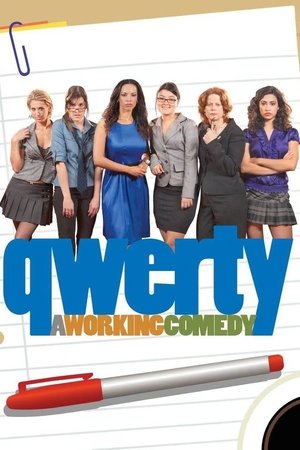 5.7
5.7Qwerty(en)
Conglomerated Assets, a brokerage firm is sinking fast as its CEO checks out and leaves the company to his inept film school drop out son. Enter Quincy, Waverly, Erica, Rudy, Tina and Yasmine. Team QWERTY--six sexy secretaries that must save the day.
 7.0
7.0Demon Slayer: Kimetsu no Yaiba – The Hashira Meeting Arc(ja)
A recap of Kimetsu no Yaiba episodes 22–26, with new footage and special end credits. Tanjiro and his sister Nezuko have been apprehended by the Demon Slayer Hashira, a group of extremely skilled swordfighters. Tanjiro undergoes trial for violating the Demon Slayer code, specifically smuggling Nezuko, a Demon, onto Mt. Natagumo.
 6.4
6.4The King's Avatar: For the Glory(zh)
In this prequel to the animated series The King's Avatar, Ye Xiu enters into the pro gaming world of Glory, and competes in the first Pro League series tournament.
 7.3
7.3The Little Guy(en)
Groot discovers a miniature civilization that believes the seemingly enormous tree toddler is the hero they’ve been waiting for.
 7.4
7.4That Time I Got Reincarnated as a Slime the Movie: Scarlet Bond(ja)
A long-running conspiracy is swirling over a mysterious power wielded by the Queen in Raja, a small country west of Tempest. When a slime who evolved into a Demon Lord named Rimuru Tempest crosses paths with Hiiro, a survivor of the Ogre race, an incredible adventure packed with new characters begins. The power of bonds will be put to the test!
 6.4
6.4Avatar: Creating the World of Pandora(en)
The Making-of James Cameron's Avatar. It shows interesting parts of the work on the set.
 6.4
6.4Qwerty(en)
Before introverted word-nerd Zoe gains the courage to enter the National Scrabble Championship, she meets her emotional match in Marty, an irascible recluse. She finds him equally pitted against the opposing forces in her life - other people - including family, co-workers and a couple of particularly irksome adversaries standing in the way of her dream to become the world's second female National Scrabble Champion.
 6.0
6.0Raiders of the Lost Library(ru)
While digging one of the many tunnels for the Moscow metro, Soviet workers unearth ruins of a dungeon. The site is closed, the metro tunnel is diverted, and amidst the bustle no one notices the tunnel workers’ foreman pocketing a little ‘souvenir’ – a book-sized frame made of precious metals featuring an inscription in an unknown language. Decades later, the foreman’s grandson Ilya, who works as a courier, discovers the ancient relic in a pile of old junk. Oblivious to the true value of the family heirloom, he soon learns about it from a mysterious stranger. The relic is the key to the secret location of the priceless ancient library that belonged to Ivan the Terrible. What Ilya doesn’t know is that the search for the lost library has been going on for centuries, and now very powerful people are after him. Ilya and the mysterious stranger decide to try their luck in finding the library.
Similar Movies
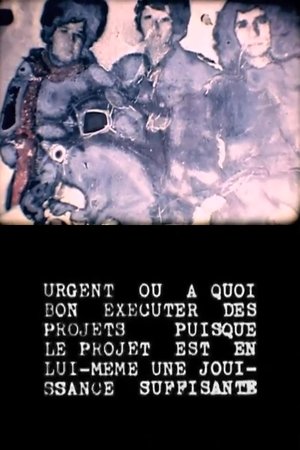 5.5
5.5Urgent ou à quoi bon exécuter des projets puisque le projet est en lui-même une jouissance suffisante(fr)
Gérard Courant applies the Lettrist editing techniques of Isidore Isou to footage of late 70's pop culture. Courant posits that his cinema offers an aggressive détournement to the French mainstream, reifying a Duchampian view of film: "I believe in impossible movies and works without meaning... I believe in the anti-movie. I believe in the non-movie. I believe in Urgent... My first full length movie that is so anti-everything that I sometimes wonder if it really does exist!"
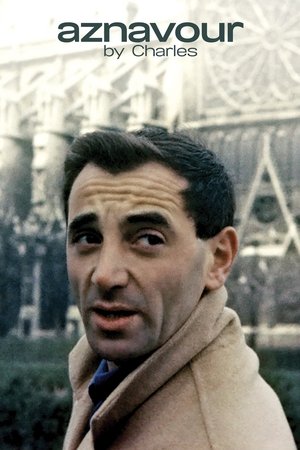 6.9
6.9Aznavour by Charles(fr)
In 1948, French singer Charles Aznavour (1924-2018) receives a Paillard Bolex, his first camera. Until 1982, he will shoot hours of footage, his filmed diary. Wherever he goes, he carries his camera with him. He films his life and lives as he films: places, moments, friends, loves, misfortunes.
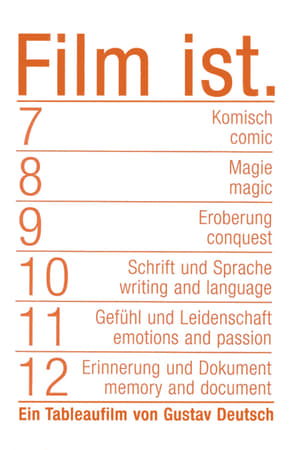 6.0
6.0Film Is. 7-12(de)
The second half of Gustav Deutsch's experimental Film ist. series, constructing new narratives and moods out of existing footage, mostly from early silent era films.
 7.3
7.3Maria by Callas(en)
Told through performances, TV interviews, home movies, family photographs, private letters and unpublished memoirs, the film reveals the essence of an extraordinary woman who rose from humble beginnings in New York City to become a glamorous international superstar and one of the greatest artists of all time.
 6.9
6.9Everyone Stares: The Police Inside Out(en)
Stewart Copeland, drummer for The Police, compiles his Super 8 footage to offer an intimate look at what it was like to be a member of one of the most important rock bands of all time.
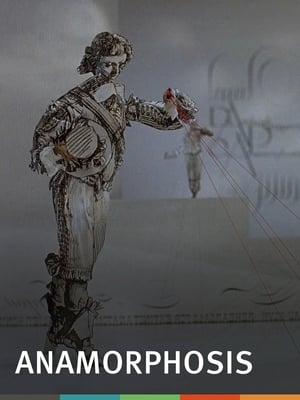 6.5
6.5Anamorphosis(en)
The Quays' interest in esoteric illusions finds its perfect realization in this fascinating animated lecture on the art of anamorphosis. This artistic technique, often used in the 16th- and 17th centuries, utilizes a method of visual distortion with which paintings, when viewed from different angles, mischievously revealed hidden symbols.
Notes of Resistance and Erasure(en)
This experimental short traces the lifespan of the graffiti and murals present at the occupation of NYC’s City Hall in June and July of 2020. The encampment formed to demand the abolishment of the NYPD and the reallocation of its resources to housing, education, and other social programs.
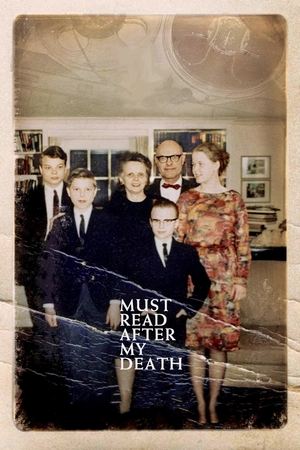 4.6
4.6Must Read After My Death(en)
A grandmother dies and leaves behind hours of secret film and audio recordings as well as an envelope with the words “Must read after my death,” which reveal a dark history for her family to discover.
 6.3
6.3We Don't Care About Music Anyway(en)
From radical turntablism (Otomo Yoshihide) to laptop music innovation (Numb), via classical instrument hijacking (Sakamoto Hiromichi), Tokyo's avant-garde music scene is internationally known for its boldness. While introducing some of the greatest musicians of this scene, "We Don't Care About Music Anyway..." offers a kaleidoscopic view of Tokyo, confronting music and noise, sound and image, reality and representation, documentary and fiction.
 0.0
0.0Fog on the Mountain(en)
Fog surrounds the peak of a mountain as summer wildflowers bloom.
 8.0
8.0Tscharniblues II(de)
Bern, 1979: a tower block called Tscharnergut. Together with a few friends (among them famous Swiss actor Stefan Kurt), director Aron Nick's father and uncle shoot the idealistic Super 8 film "Dr Tscharniblues" ("The Tscharni Blues") – a wild, unvarnished self-portrait of their generation. 40 years later, Nick gathers the friends at Tscharnergut and asks what has happened to them and their ideals in the meantime. What have the achieved? What have they lost? Past, present, and future clash and form a journey of personal disappointments, hopes, and a collective search for identity. In "Tscharniblues II," Aron Nick discovers a kind of friendship that can weather anything.
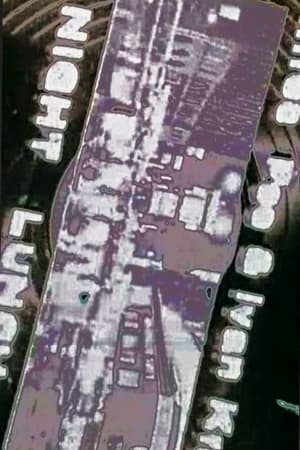 5.0
5.0Night Lunch(en)
This is Poe and Král's first effort, shot on small-gauge stock, before their more well-known endeavor The Blank Generation (1976) came to be. A "DIY" portrait of the New York music scene, the film is a patchwork of footage of numerous rock acts performing live, at venues like Madison Square Garden, Radio City Music Hall, the dive bars of Greenwich Village and, of course, CBGB.
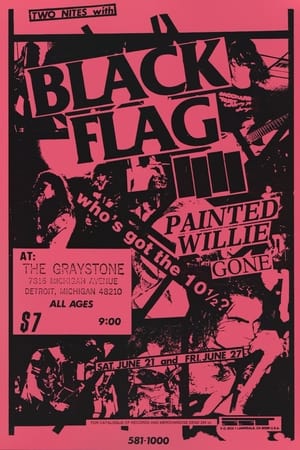 0.0
0.0Reality 86'd(en)
Three bands and crew (a combined total of 13 individuals), 2 Dodge Ram extended cab vans, one equipment truck, one PA system traverse the continental US for six months. A road documentary shot from the inside of the last Black Flag tour ever (the 1986 “In My Head” US tour.) Featuring behind the scenes proceedings and live performances from Black Flag, Painted Willie, and Gone. David Markey was along for the entire trip as the drummer / singer for Painted Willie, documenting the six month tour with his Super-8 camera as it happened. Also features roadie Joe (“Planet Joe”) Cole, soundmen Davo Claasen and Dave “Ratman” Levine, and the tour manager who kept it all together, Mitch Bury. A crucial turning point in American underground rock. The end of the line for a trail blazing American band. Shot in 1986 and completed by director David Markey in 1991 for We Got Power. (futuristika.org)
 0.0
0.0Skip Liberty: Shooting in Vietnam(en)
Skip Liberty enlisted in the Army in 1968. During his tour in Vietnam he shot 3,100 feet of Super 8 film, over 3 hours worth. Upon returning to the states the film was placed in storage, Skip had never seen the footage he shot. Until now.
 5.2
5.2American Journal(fr)
A cinematic essay interweaving private archive images and a mixture of reflective, speculative and poetic intertitles that, like “an old movie from the 20th century”, invites us to meditate on what Des Pallières once liked to call “our old homeland”.
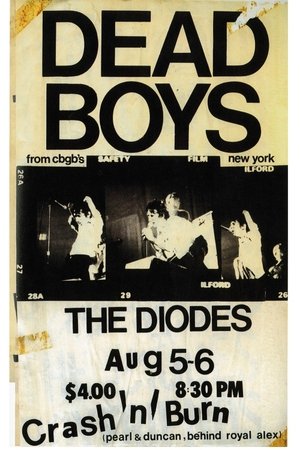 0.0
0.0Crash 'n' Burn(en)
Crash 'n' Burn is an experimental film shot in and named after Toronto, Ontario's first punk rock club. (Not to be confused with Peter Vronsky's similarly titled 1977 documentary on the Toronto punk scene made for the CBC television network.) The film, shot on 16mm black-and-white stock, features performances by Dead Boys, Teenage Head, The Boyfriends, and The Diodes".
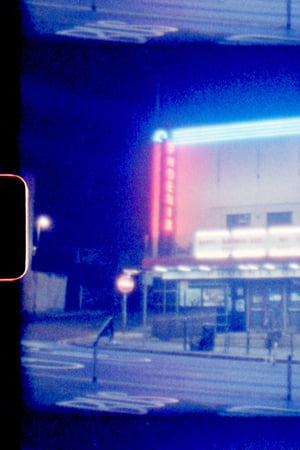 2.0
2.0Cinema Now(en)
A fragmented collection of independent closed cinemas, in London during lockdown, captured on Super 8mm film.
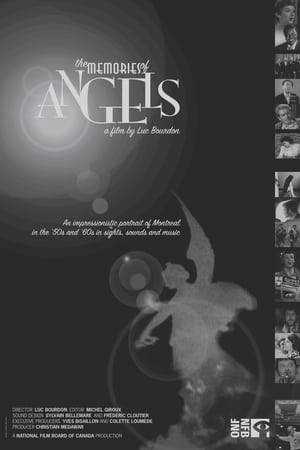 8.0
8.0The Memories of Angels(fr)
Documentary, poetry and essay rolled into one, this compilation of stockshots and clips sourced from NFB productions of the '50s and '60s offers a singular lesson in Montreal history - its famous figures, symbolic places, and ordinary citizens. Without commentary, the film moves from the red light district to Jean Drapeau, the Jacques-Cartier market, department stores downtown, textile factories, and the construction of Place Ville-Marie. We meet Geneviève Bujold, Oscar Peterson, Monique Mercure, and Igor Stravinsky. We hear Raymond Lévesque, Jean Drapeau, and René Lecavalier.
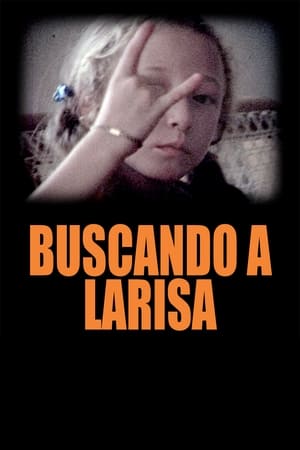 6.8
6.8Looking for Larisa(es)
One day filmmaker Andres Pardo stumbles across 2,000 feet of Super 8 family footage at a flea market. Featured in all these 1970's home movies is a lovely young blond-haired girl, Larisa. Teaming up with a photographer friend, Pardon decides to investigate, uncovering the fascinating story behind the footage.
